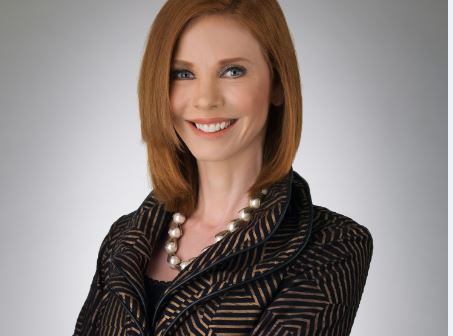The biggest myth in green construction is that sustainability adds significant capital cost due to “bolting on” environmentally sustainable, yet financially expensive, technological solutions to buildings.

The myth that sustainability has to be expensive exists for several reasons. Firstly, before teams and owners became educated about the integrated design process that starts at concept design, the idea to “go green” would many times be an afterthought. For example, an owner might decide they want a LEED rating just as they are about to go to tender. This is the worst possible time to do cost-effective sustainable design; it’s akin to buying a plane ticket the day before a flight.
The reason is that architects drive cost-effective sustainable design. It is not possible for them to use passive design (i.e., building orientation and massing techniques) and cost-neutral sustainability strategies on a design that has already been completed and is ready to tender.
In order to do so, a project team would have to “buy LEED points” by adding technological components to the building without redesigning the form. This is a very expensive approach, and it is rarely satisfying to an owner.
Secondly, in the early days of LEED, GSAS and Estidama sustainability ratings in the GCC, contractors didn’t have experience with green construction. Therefore, they increased their prices to cover their perception of risk regarding new requirements. This is no longer the case. Contractors now have sustainable design professionals in house and many of them proudly advertise that they can achieve a LEED Gold rating for the same price as a LEED silver rating, an Estidama three Pearl for the same price as a two Pearl rating, or a GSAS three Star for the same price as a GSAS two star rating.
Lastly, there was a time when using renewable technology, such as PV, was expensive. This isn’t the case anymore. PV prices continue to fall on an almost-monthly basis. In countries where energy isn’t subsidized and consumers pay the true cost of electricity, renewable costs look very cheap indeed. Previously in the GCC, feeding renewable energy back into the grid was a challenging topic. However, this is changing. In Dubai, for example, DEWA is now working diligently via Smart City initiatives to get as many households and businesses connected to the grid as possible. Other GCC countries such as Kuwait and Qatar will no doubt follow suit soon.
Another significant myth is that due to energy being cheap in most GCC countries, that sustainability in construction isn’t yet important to its citizens. But the fact is that sustainability is critical to the success of all of humanity’s future right now. To quote the Climate Mobilization Organization, a sustainability advocacy group which I support, “Climate change is an unprecedented challenge…It is causing immense human suffering and damage to the natural world.”
We live in a rapidly warming world, and with it comes sea rise, environmental degradation, and water shortages. Like last year and the year before, this year has broken records as the hottest year to date since climate records began. Meanwhile, our global population keeps expanding, which compounds the need for sustainability in all areas of development — not only in the built environment projects, products and services that we experience at Big Five Kuwait.
People consistently desire a “better future”. However, if we do not have the courage to see the dangerous trajectory of this climate crisis, and if we don’t make a conscious choice to do our part to slow warming, the world as we know it will change dramatically. Most climatologists today will tell you the change will not be for the better.




